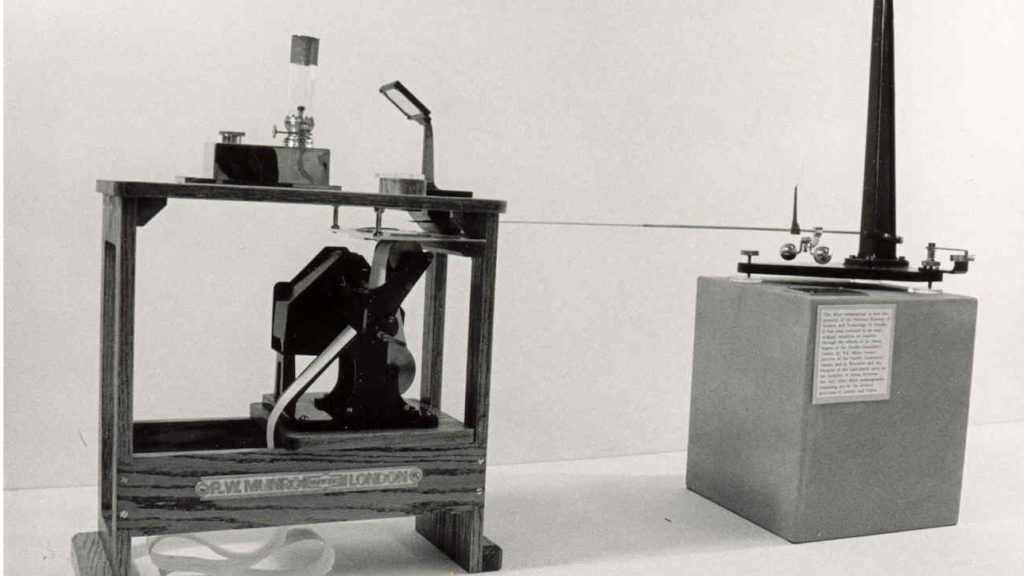
It’s been more than a century since the first continuously recording seismograph – a device that measures earthquakes – was first installed in Victoria.
The Milne seismograph was the first of its kind in Canada and was initially installed in Toronto in 1897.
The second device in the country was installed in Victoria one year later in 1898.
Story continues below
125 years of recording #earthquakes in #Victoria, Canada!
On September 3, 1898, a Milne seismograph began operation in the basement of the old Customs House building on the Victoria waterfront. It was one of the first seismographs in Canada: https://t.co/pWe2dNAsNy… @GSC_CGC pic.twitter.com/Yj22iDrrd5— John Cassidy (@earthquakeguy) September 3, 2023
Milne seismographs used a pendulum that moved on a piece of paper when seismic waves were generated.
Modern seismographs are now all digital and are much smaller than the one-metre-long seismograph that was in B.C.’s capital 125 years ago.
“Things have changed,” said John Cassidy, a Victoria-based earthquake seismologist with Natural Resources Canada.
“They’re much smaller, much lighter, much more able to detect tiny earthquakes and also very strong shaking,” he said.
The Milne seismograph installed in Victoria in 1898 was good at detecting large, distant earthquakes, but not smaller, local shakes.
Modern devices are much more sensitive, according to Cassidy.
“So there’s a large range, from the tiniest earthquakes, magnitude 0.1, all the way to the really strong earthquakes that would cause things to fly off the floor – shaking that’s stronger than gravity,” he said.
Story continues below

The 1898 Milne seismograph is pictured at Geological Survey of Canada building in Sidney in 2022.
By 1910, there were 52 Milne seismographs across the world.
Now, there’s more than 100 seismometers of different kinds on Vancouver Island, including 30 in Victoria alone.
Cassidy adds that across Canada, a project is underway to create an earthquake early warning system.
The warning would give people precious moments to prepare before an earthquake strikes, ranging from seconds to minutes.
It may not be enough time to evacuate a building, but it is long enough for surgeons to stop delicate procedures, or for trains and traffic to slow down.
“It gives you a chance, perhaps, to get off an elevator before strong shaking arrives, fire halls to open the doors before they might be damaged and stuck, and just a chance to get away from heavy items that might fall on you during the shaking,” said Cassidy.
The seismologist says a project is also underway to have small seismometers installed in schools across the Island for educational purposes, as well as scientific data.
The original 1898 seismograph that was installed in Victoria still exists today.
The device was restored in 1988 and is now on display in Sidney at the Geological Survey of Canada – Pacific Division building.
SEE ALSO:




